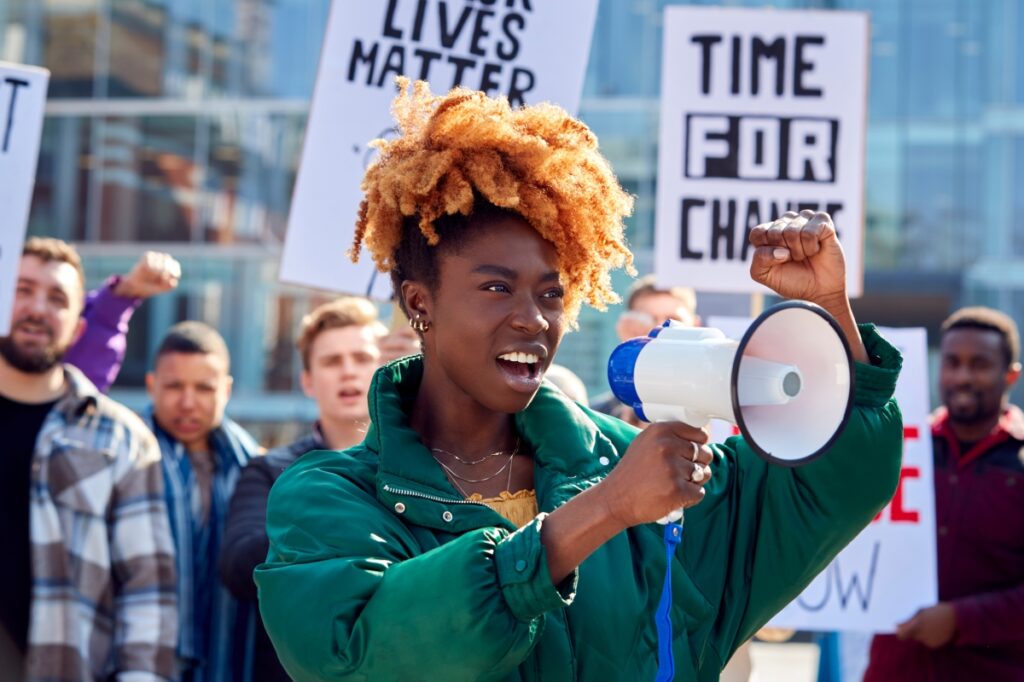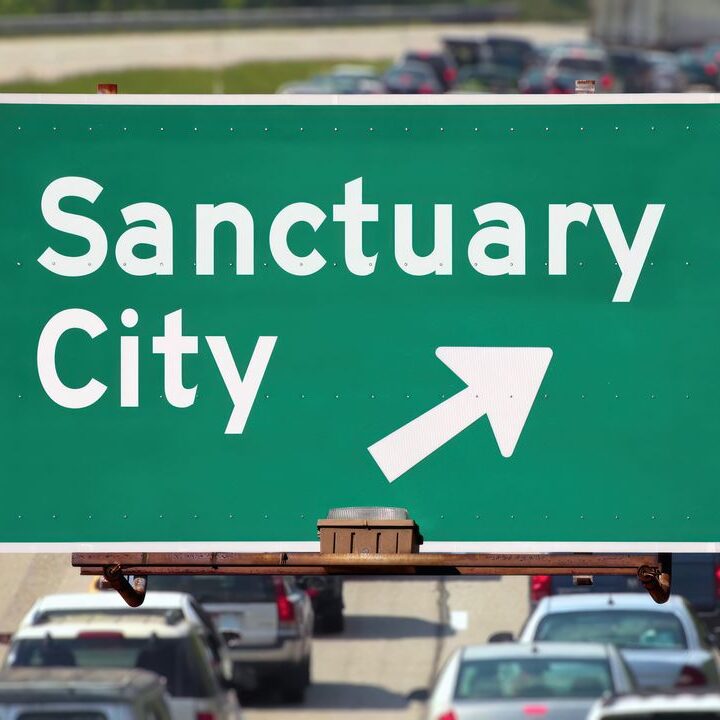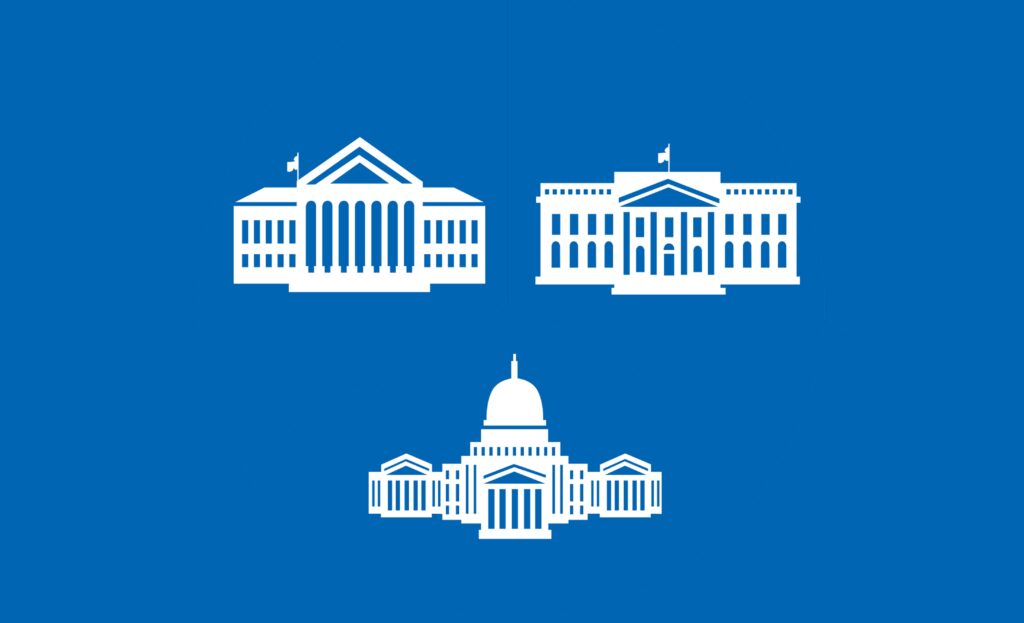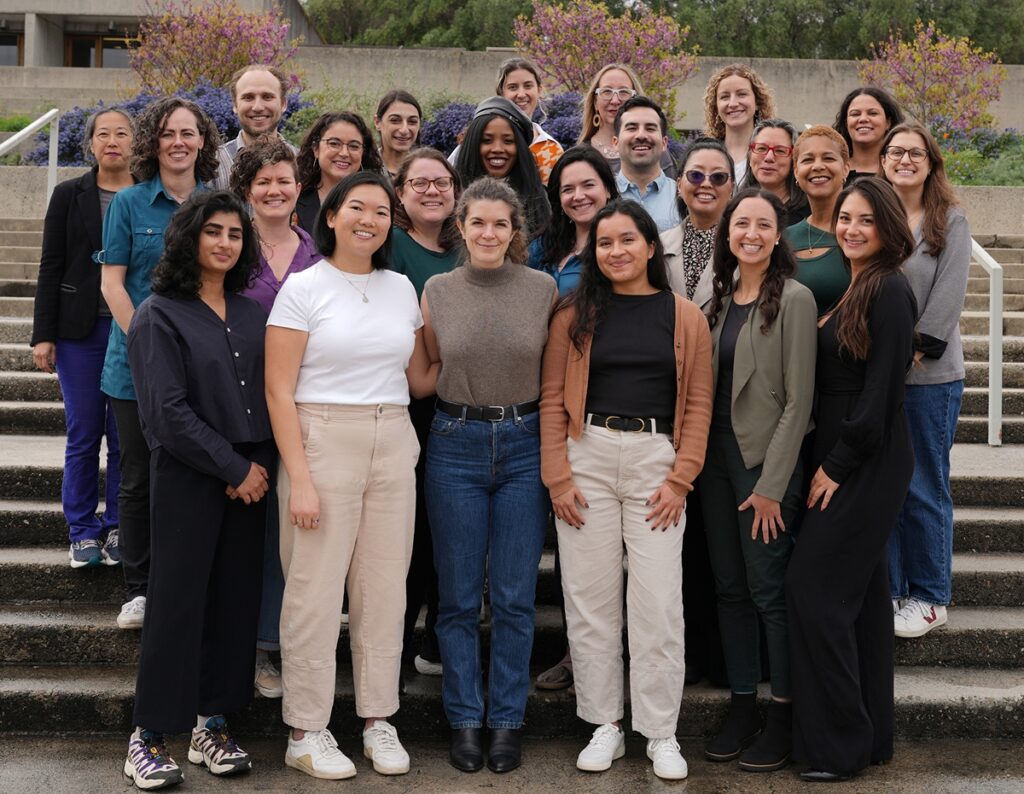August 12 2025
Homelessness Executive Order: fact sheet
Toplines
-
This executive order makes cities’ ability to address homelessness worse, not better.
-
Criminalizing poverty is not a solution. Housing and health care are.
-
The order is rooted in harmful, outdated myths and disproportionately harms Black, brown, disabled, and LGBTQIA+ communities.
-
Local governments have the power — and the responsibility — to push back on these coercive, ineffective policies.
-
Public safety comes from stable housing, not handcuffs or involuntary institutionalization.
Background
On July 24, 2025, President Donald Trump issued an executive order, “Ending Crime and Disorder on America’s Streets.” The order encourages states and local governments to criminalize homelessness by prioritizing law enforcement, forced institutionalization, and federal funding restrictions over proven, housing-based solutions.
The order directs multiple federal agencies to withhold support from “housing first” approaches, cut funding for harm reduction, and instead fund states that criminalize homelessness — including through encampment bans and involuntary treatment.
This does not solve homelessness. It worsens it — by destabilizing vulnerable communities and punishing poverty instead of addressing root causes like rising rents, stagnant wages, and lack of affordable housing.
What this order would do
Instead of investing in housing and health care, the order pushes states and cities to:
- Arrest and forcibly institutionalize people experiencing homelessness
- Ban encampments and increase police involvement
- Cut off funding for life-saving services like harm reduction and mental health care
- Force people into treatment as a condition for housing
- Share sensitive health data with law enforcement
This approach criminalizes poverty — and makes homelessness worse, not better.
Why this matters
Local governments have made real progress by using strategies that work:
- Reducing homelessness through housing-based solutions
- A systematic review of 26 studies shows that housing first programs reduce homelessness by 88% and improve housing stability by 41%. Participants remained housed longer term compared to traditional “treatment-first” models.
- Since 2017, 95% of families who received prevention services through Santa Clara County’s Homelessness Prevention System (HPS) remained stably housed while enrolled.
- Building trust with residents in crisis
- Investing in public safety through stability, not punishment
- Using federal dollars to support — not harm — our most vulnerable neighbors
This executive order threatens that progress. It punishes communities doing the right thing and rewards those that take a harmful, outdated approach rooted in fear and misinformation.
Who will be harmed
This order will have the most severe consequences for:
- Black, brown, and Indigenous people
- People with disabilities
- LGBTQIA+ individuals
- Older adults, youth, and people in rural areas
It also threatens everyone’s safety by destabilizing communities, stripping away funding, and undermining local solutions.
Legal and constitutional concerns
While the executive order itself may not carry the force of law, many of the actions it encourages could violate constitutional limits:
- Federal funding can’t be used to coerce local governments into adopting unrelated federal policies.
- Courts have already blocked similar efforts, citing violations of the 10th Amendment, the Spending Clause, and due process protections.
- Executive orders can’t override laws passed by Congress or compel state and local governments to act against their will.
In short, it’s not just the policy direction that’s troubling — it’s the potentially unlawful implementation it invites.
What local governments can do
- Stay the course: Continue prioritizing evidence-based, housing-focused strategies that promote stability, dignity, and long-term solutions.
- Speak clearly: Help your community understand how this executive order could shift federal priorities away from approaches that support health, housing, and safety.
- Track the impact: Monitor how changes to funding or federal guidance affect your programs, and share those effects with partners and stakeholders.
- Collaborate: Coordinate with other jurisdictions, legal experts, and advocacy organizations to navigate challenges and share best practices.
Bottom Line
This executive order is a political stunt that promises to punish local governments for doing the right thing.
Criminalizing poverty doesn’t create housing. Arrests don’t treat illness. Encampment sweeps don’t build safety.
Real public safety starts with housing, health care, and human dignity — not handcuffs.







